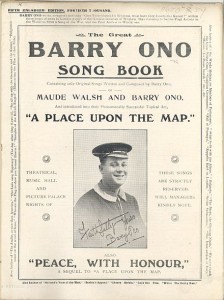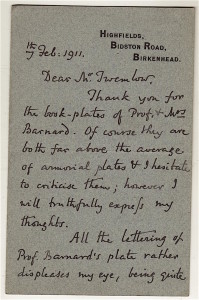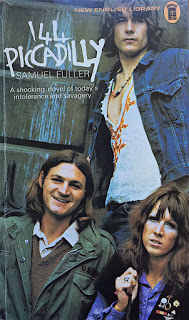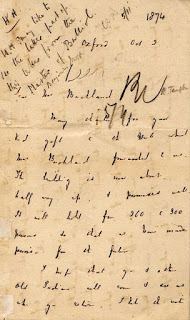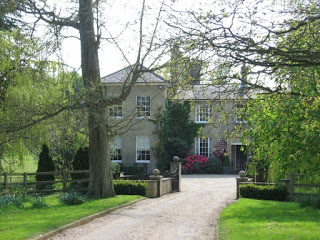
Found in a small magazine/ booklet published in Edinburgh 1953.
– COLLECTORS ITEMS A BIBLIO-TYPOGRAPHICAL MISCELLANY (No. 2, Vol. 1) this piece on Gumuchian – a collector and dealer in children’s books (now a hot collecting area.) His book Les Livres de L’Enfance (Paris, 1930) is still in print (Holland Press modern reprint, right.) Originals are seldom under 1000 euros.
A Parisian Aladdin’s Cave of Children Books
Short and bearded, and somewhat like Tolous-Lautrec in appearance, Victor Gumuchian was one of the great booksellers of the past fifty years. Gumuchian will probably be known for posterity by his immense two volume catalogue of children’s books, “Les Livres de l’Enfance de XVe au XIXe Siecle,” which he published in 1930. But apart from hi knowledge of juvenile literature, he was a great authority on old buildings and books relating to flying and locomotion. He was a man He was a man of erudition, wide knowledge and versatility. A great traveller and linguist, as well as a writer and dramatist, he was also gourmet and a cook of rare quality. He knew where the best food could be eaten in Paris, or, in fact, anywhere in France.
How well I remember my first visit to his bookshop in the Rue Richelieu in Paris. A small window, with perhaps a dozen or two rare books on show; inside, a somewhat dull room, lined with glass covered book shelves full of uncommon and interesting books of all centres. At the end of the room was a small door through which he took me, up a dark winding staircase, such as is only possible in Paris, to a door in the first floor. This he unlocked, and switched on the electric light… I was in an Aladdin’s Cave! There were three rooms, leading one into the other, with thousands of children’s books, all in perfect condition, arranged to show the beautiful points of as many as possible, whether an illustration, a binding, or a page of superb typography. These books were the fruit of his three years’ collecting, and the basis of his great catalogue. I was dumbfounded at what I saw. I had never seen, nor shall I ever see again, such a galaxy of treasures: all so beautifully arranged and delighted displayed. From that moment I became, not an enthusiast, but a fanatic – and have remained so to this day.
M. Gumuchian died in America in 1949, after a series of great misfortunes and after a long illness that caused him much suffering.
A rare friend whom I can never forget.
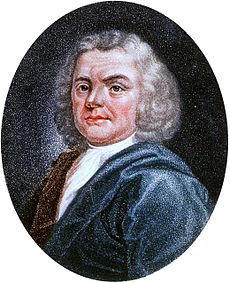 A snippet featured in the miscellany Medley dated October 1936 comes from ‘Ripley’ in the Sunday Express. It concerns the famous Dutch physician Dr Herman Boerhaave (1668 – 1738), ‘founder of clinical teaching’ and called by some ‘The father of physiology’:
A snippet featured in the miscellany Medley dated October 1936 comes from ‘Ripley’ in the Sunday Express. It concerns the famous Dutch physician Dr Herman Boerhaave (1668 – 1738), ‘founder of clinical teaching’ and called by some ‘The father of physiology’:
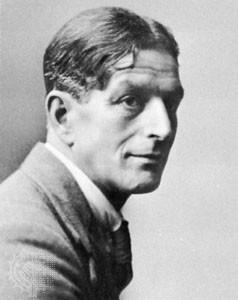


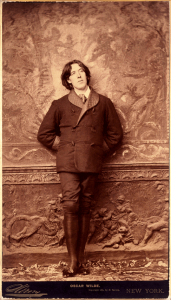
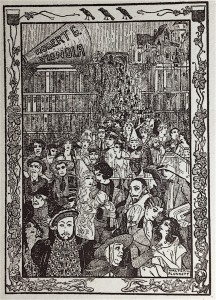

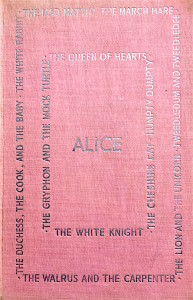

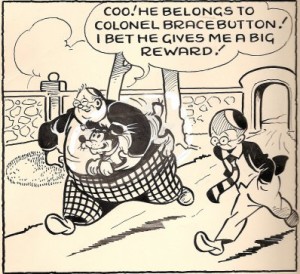 Found in the
Found in the 